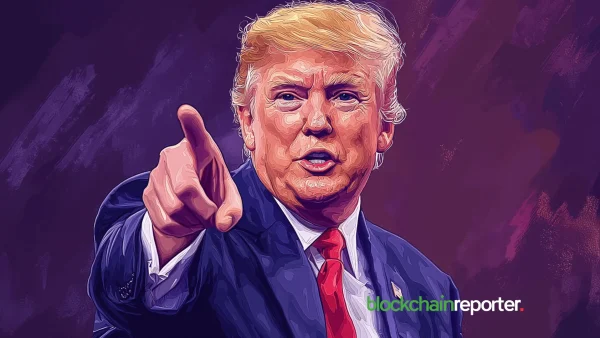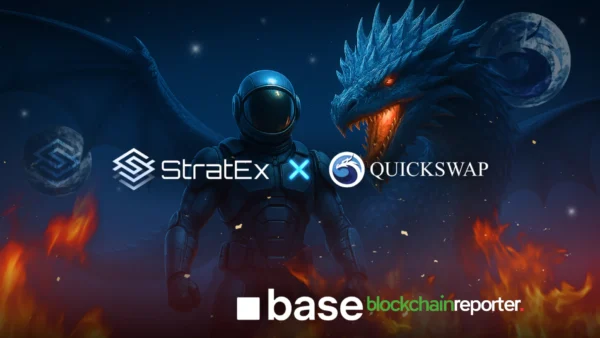
In a recent and unsettling development in decentralized finance (DeFi), the Palmswap platform fell victim to an exploit that resulted in the theft of a staggering $901,455.9 USDT (Tether). The incident, which occurred on July 24th, has sent shockwaves through the crypto community, raising concerns about the security of DeFi platforms and the challenges they face in maintaining user funds.
The heart of the matter lies in the vulnerability exploited within Palmswap’s LP Vault contract. The attackers exploited a flaw in the agreement, allowing them to gain unauthorized access to user funds. As a result, a substantial amount of USDT, totaling nearly $901,455.9, was siphoned away in a matter of moments.
Palmswap’s Response
Upon discovering the breach, Palmswap swiftly mitigated the damage and addressed the situation. The team immediately halted all transactions on the platform and initiated an investigation to identify the source of the breach and plug the security loophole. Palmswap has assured its users that measures are being implemented to bolster the platform’s security and prevent such incidents from occurring in the future.
The Palmswap exploit has highlighted the inherent risks associated with DeFi platforms. While these platforms offer innovative solutions and financial opportunities, their decentralized nature can make them susceptible to attacks. The incident underscores the importance of rigorous security audits and continuous monitoring to safeguard user assets and maintain the community’s trust.
As the DeFi ecosystem continues to grow and evolve, the Palmswap exploit serves as a sobering reminder of the challenges that come with the territory. While the incident has undoubtedly shaken the community, it allows platforms and projects to learn from the exposed vulnerabilities. As the DeFi space matures, security measures and best practices will be pivotal in shaping its future trajectory.
In conclusion, the Palmswap exploit resulting in the theft of $901,455.9 USDT from the LP Vault contract highlights the pressing need for robust security measures within the DeFi landscape. This incident serves as a critical juncture for the industry to reevaluate its security protocols, prioritize user protection, and collectively work towards fortifying the foundation upon which decentralized finance stands.








